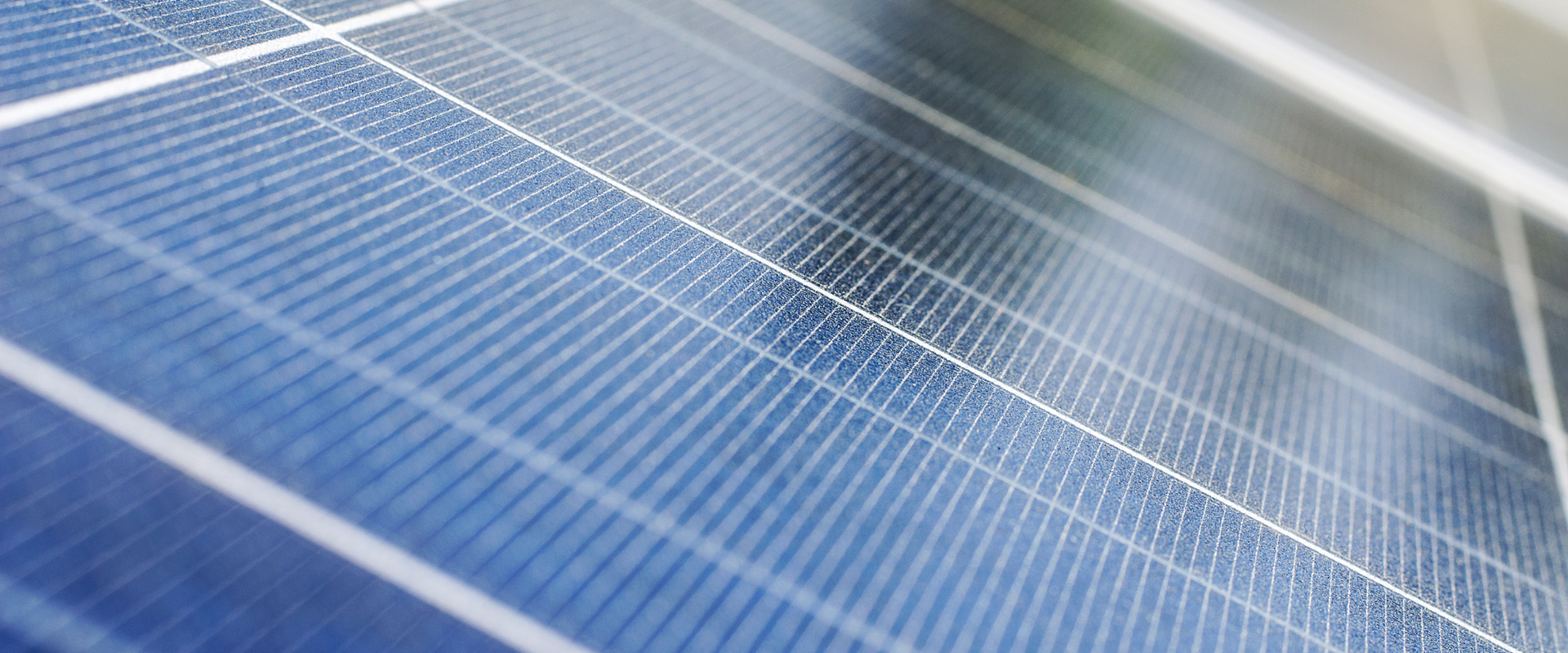The worldwide energy crisis has shined a spotlight on the functioning of the energy markets, where the energy comes from and how it is generated, and it is becoming increasingly clear that software and AI will be key to success in the energy grids of the future.
The energy crisis has hit at a time when environmental visions are fresh in the mind following the COP26 Conference in Glasgow.
The environmental commitments made by governments now and in the past mean that significant shifts in the means of energy generation and energy use are already upon us.
With an admirable environmental goal in mind, the current energy crisis with its backdrop of political wrangling striking at a time of energy generation transition could be seen as a blip that is challenging but temporary and somewhat unavoidable on the current path.
Perhaps when the transition to a carbon neutral energy grid is closer to completion and significant wind, solar, wave and tidal generation capacity and storage is in place over a large geographical area, the possibility of future energy crises will be reduced.
HOW CAN ENERGY STORAGE HELP THE ENVRIONMENT?
The relative simplicity of a few large power stations and international interconnections is to be replaced with a complex distribution of energy resources ranging from nuclear power stations to offshore wind to small residential solar installations, all owned by different parties.
In addition, energy storage systems from small scale residential batteries and electric vehicle-to-grid systems to large, compressed gas installations and hydrogen configured to store energy over a range of timescales are likely to become prolific. In this future grid, control becomes challenging but fundamental to the efficient operation of the overall system.
The use of software and AI in energy storage systems therefore appears inevitable.
While electricity demand may be relatively predictable, AI will be needed to control where the energy comes from to meet the demand in the most efficient way. For privately owned generation capacity or storage, AI will be a software-based service to help the stakeholder get the best price for the electricity they feed to the grid.
It is to be expected that depending on the stakeholder, whether a small commercial solar farm, a collection of households running the same vehicle-to-grid software or a regional energy distributor, the algorithms and AI they use will be tuned to pursue different objectives.
WHAT PART WILL AI AND SOFTWARE PLAY IN THE ENERGY GRID OF THE FUTURE?
Ensuring the software deployed over the grid by different stakeholders works well together despite having been set differing objectives will be key to success in the energy grids of the future.
AI is well suited to handling complex tasks and the world may expect power grids to operate more sustainably and efficiently than ever before. An alternative scenario may be that particularly ruthless AI algorithms set with objectives of maximising profits may hold back energy from the grid when demand is high until those profits can be maximised thereby harming the smooth functioning and efficiency needed to reap the environmental benefits.
Ensuring that power grids are supplied by a healthy number of competitors, that appropriate levels of regulation and reward are present and that political agreements ensure international collaboration on energy flow may put a stop to the more dystopian scenarios.
However, before and after energy generation harmony is reached, it does look like software and AI will have a big role to play in energy.
WHAT PART WILL IP PLAY IN PROTECTING THE INNOVATION IN SOFTWARE AND AI USED BY THE ENERGY GRIDS OF THE FUTURE?
Once the physical components are in place - the inverters, the switches, the metering, the sensors – the software that interfaces with them will be an area ripe for innovation. With the software being available to download over the Internet at a click of a button, intellectual property (IP) will have a big role to play in securing the interests of the companies that develop it.
Patents
Software patents can be challenging to obtain with the rules varying between jurisdictions. However, when the innovation is in the virtual world and no or little physical kit is required for implementation, the companies investing in developing the AI and the algorithms to balance the energy needs of a house, district or city will need to be more IP savvy.
In some circumstances, a patent to the function of the software will be appropriate.
Software patents are a complex area of patent law. To prepare them correctly, it can require careful consideration of the advantages of the software to ensure they are related to solving a technical problem, rather than a financial one, for example.
Patents give you a time-limited monopoly in exchange for sharing how the invention works. If the innovation can be defined precisely and the principle has the potential to be replicated by competitors in a reasonable time frame, then a patent may be the appropriate form of IP.
You may be sharing details of the invention, but the patent can be used to protect your R&D investment and generate revenue through licencing on whatever terms you choose to agree. It is up to the patent owner to police the use of the algorithms protected by the patent, so ensuring there is a way of testing the software of the competition for the patented features is also important.
In other circumstances, such as when the action of the software is more difficult to define or if the advantages lie in less technical areas, or if competitor software cannot readily be tested, then different forms of IP may be more appropriate.
For example, with the likely use of AI, it may be that how the AI achieves its advantageous output is difficult to precisely ascertain. Perhaps the training of the AI in a particular way or with a training dataset pre-processed in a certain way was the key to its development.
Trade secrets
When patent protection is likely to be difficult to obtain, the use of trade secret protection may be the way to go. Ensuring you have a robust process and oversight to keep trade secrets secure will be paramount.
Trade secret laws require standards to be met if a litigant is to be successful. With much of the innovation in this area likely to be in the form of computer code, having the administrative framework in place to protect your trade secret is a distinct process and just as important as your cyber security.
LOOKING AHEAD
Being aware of what the future may bring to your industry should be part of your IP strategy.
Having this foresight can help direct your R&D but also allows you to obtain the right sort of IP with claims to cover the activities you do now and what you might do in the future. At least in terms of the future energy grid, companies that are currently providing systems involving physical kit may find that software begins to dominate and software updates for deployed infrastructure is what needs protecting.
If you are developing software or AI capability for use in energy grids and energy storage systems and would like to discuss how best to protect your work and maximise its commercial value, please contact our specialist energy and cleantech team today.






